
Amid the ever-growing hunger for cheap energy, dozens of entrepreneurs from different countries have tried to harness the untapped potential of wave power. During the 1980’s, a pair of wave power plants were constructed along the rugged coastline of Norway. In spite of their promising start, the two facilities were ravaged by the region’s inclement weather in a matter of few years. Since then, their decaying remnants serve as a sober reminder to the sheer force of nature.

By: Omri Westmark
Date: 19:56 03.07.23
Last Update: 19:56 03.07.23
As humanity’s appetite for energy shows no signs of declining, the strive to find a carbon-free source of electricity gave birth to a series of experimental projects. With massive breakers that relentlessly pummel its Atlantic coast, Norway sought to convert the ocean’s rage into an incessant supply of green energy, ending the country’s decades-long reliance on fossil fuel.
In the mid 1980’s, a company by the name of Kværner Brug erected a first-of-its-kind power plant which harnesses wave energy by an oscillating water-column with a wells turbine. The cutting-edge facility was constructed on the rocky islet of Kalvøyna, about 23 kilometers west of Bergen. While in the beginning, everything went according to plan, the plant’s days of glory were short lived. In 1988, only three years after its inauguration, the entire power station was torn out by an unusually strong gale, leaving the concrete base as its sole remnant.
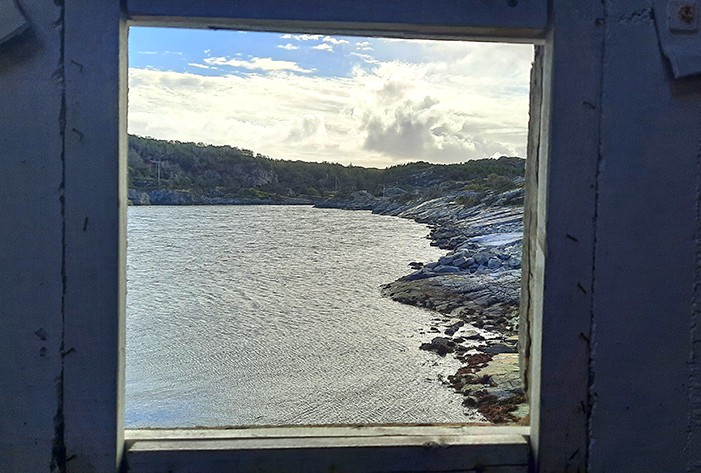
photography by: Omri Westmark
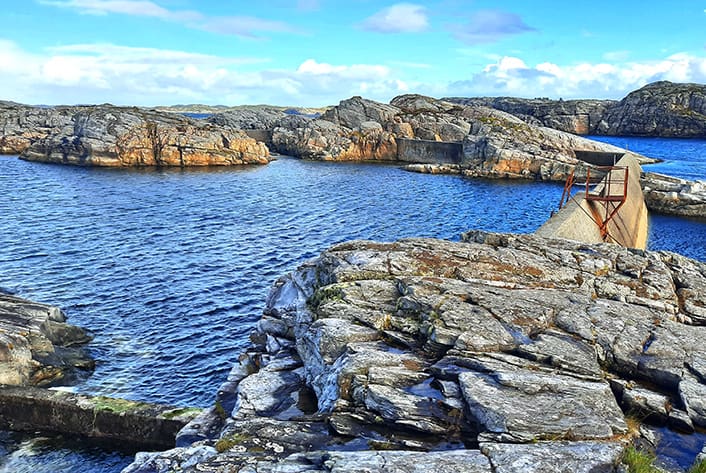
The basin alongside the dam from where the water plunged back into the ocean
photography by: Omri Westmark

photography by: Omri Westmark
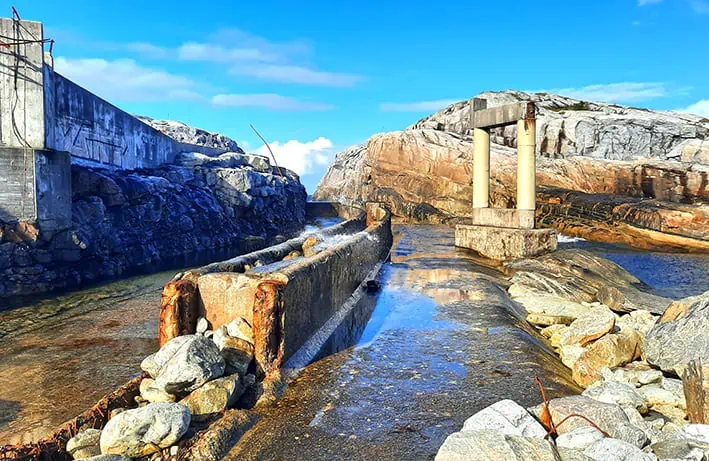
photography by: Omri Westmark
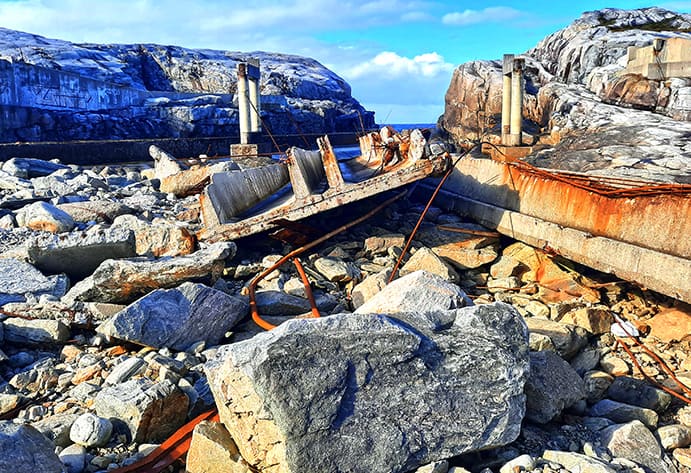
photography by: Omri Westmark
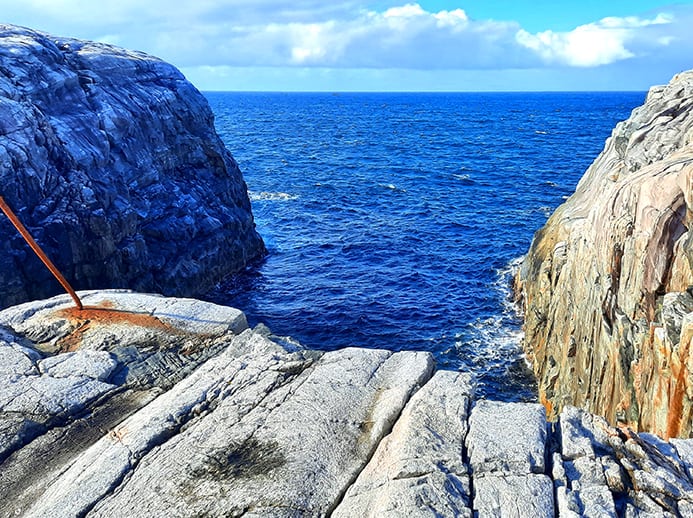
photography by: Omri Westmark
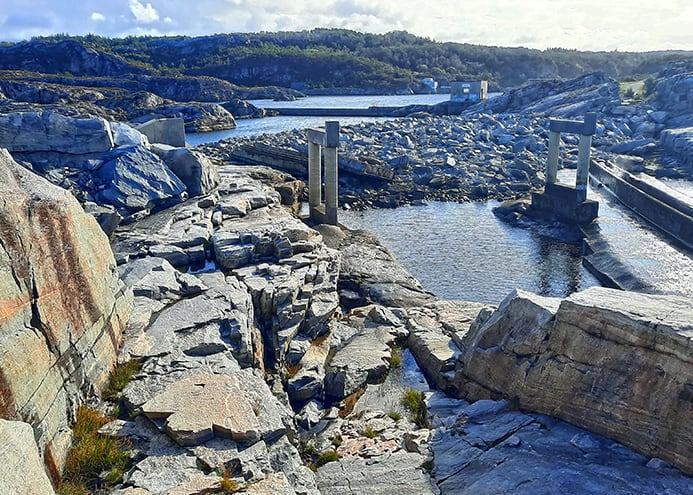
photography by: Omri Westmark
A second wave power plant was completed in 1985 at the same location. Constructed by the aptly named company of Norwave, the facility comprised a 65-meter-wide and 7-meter-deep funnel through which the water was channeled into a dam. On its way back to the ocean, the water passed through a turbine, generating 375 kW of power. Like its smaller counterpart, this plant, too, did not withstand the test of time and suffered extensive damage from a dynamite explosion intended to clear accumulated debris.
In the aftermath of their inevitable demise, the two plants were left in tatters for more than three decades, slowly but steadily reclaimed by the same forces that created them. What remains of this ambitious project is now frequented by intrepid visitors who wish to witness first-hand the ferocity of nature. Conspicuous by its eeriness is the turbine room, where a hodgepodge of rusty machinery and graffiti tells the story of a shattered dream.
If you wish to explore this well-hidden nook, you’ll first have to reach the island of Toftøyna, where a car-free pathway leads visitors through a semi-wooded area and a dangerously precarious bridge into the craggy isle. Since visiting the place entails many risks, utmost caution is essential.
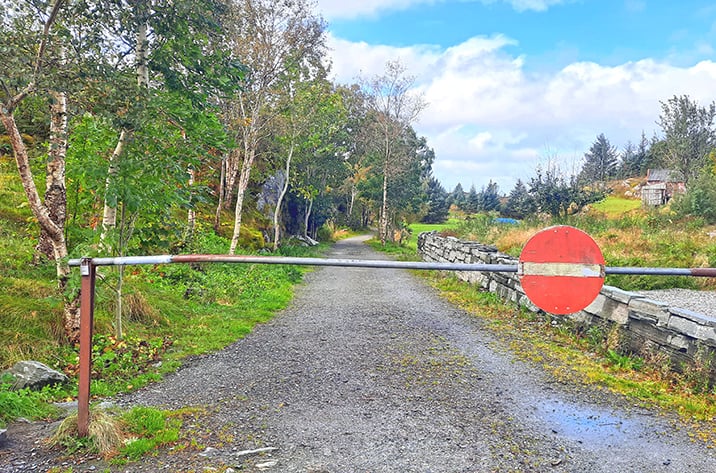
The trailhead
photography by: Omri Westmark
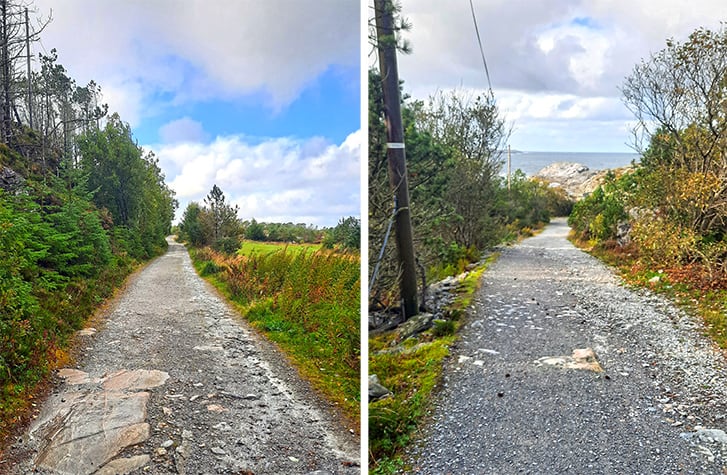
photography by: Omri Westmark
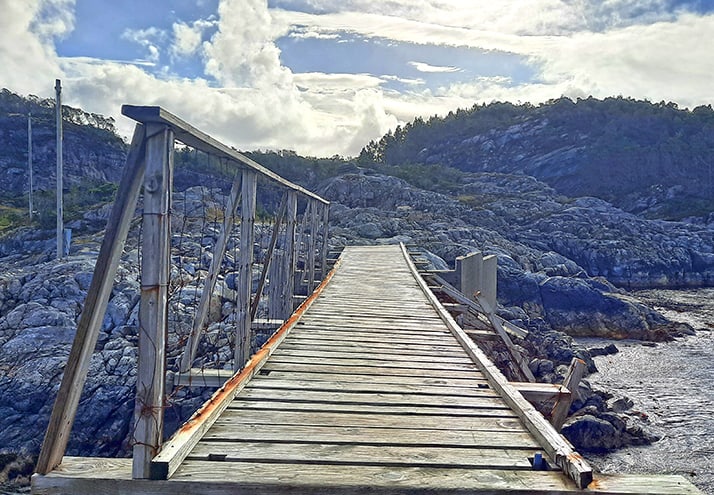
A feeble bridge serves as the entrance to isle where the two power plants are located
photography by: Omri Westmark
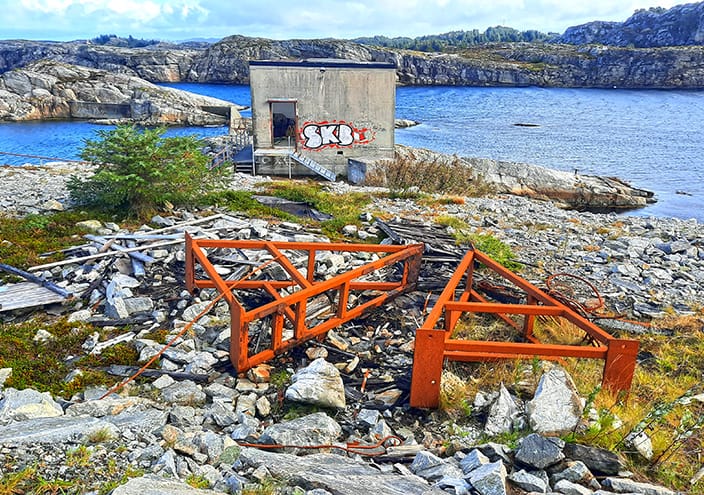
photography by: Omri Westmark
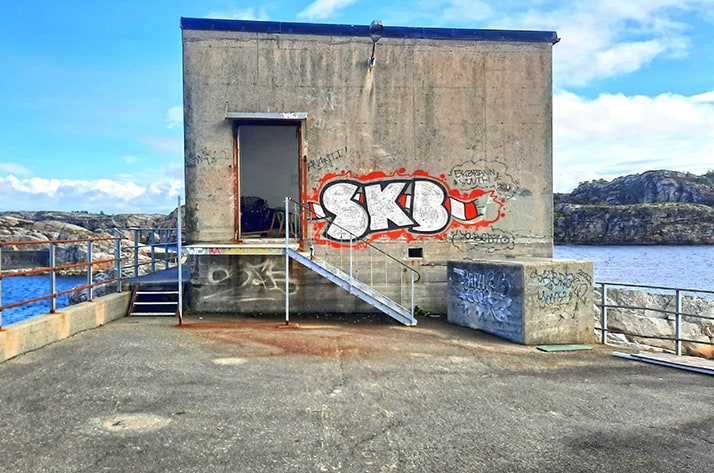
The turbine room
photography by: Omri Westmark

The decrepit interior of the turbine hall
photography by: Omri Westmark
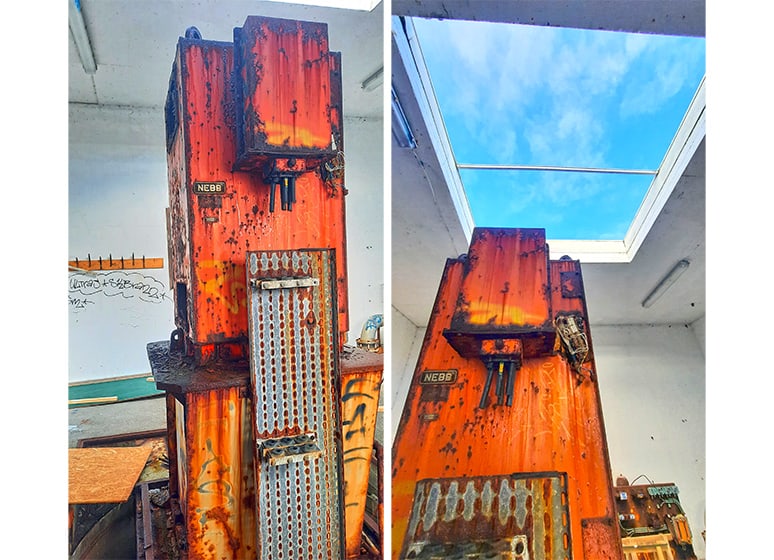
photography by: Omri Westmark
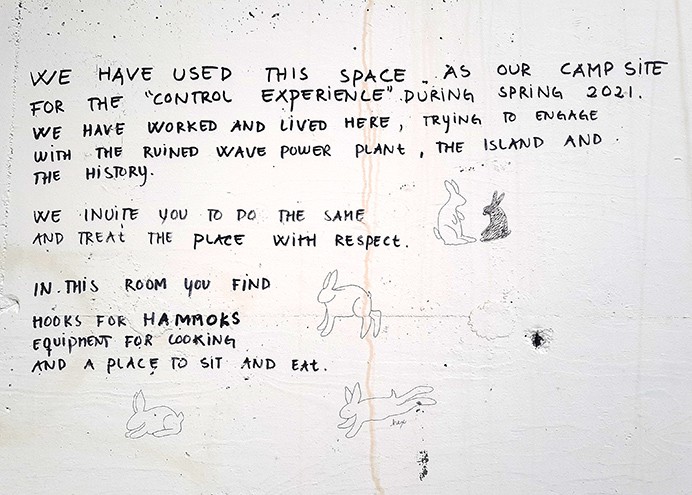
A graffitied message left by campers
photography by: Omri Westmark
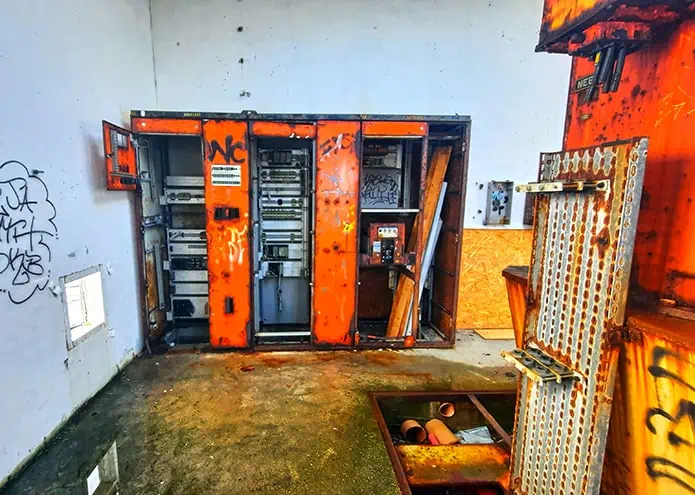
photography by: Omri Westmark
